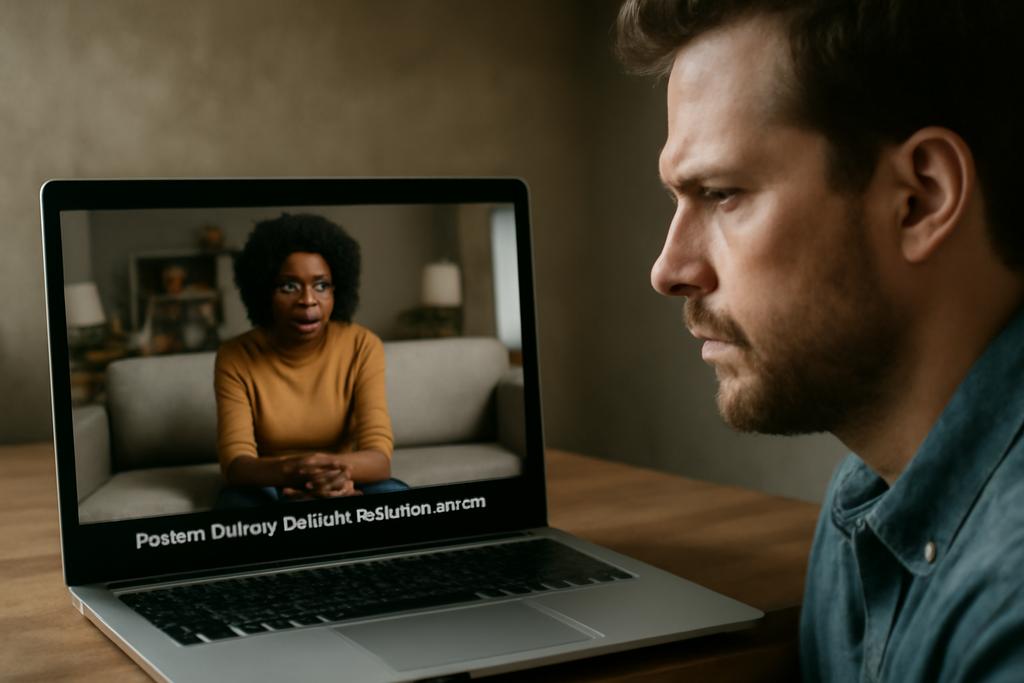AI is getting remarkably good at describing images in detail. Think of those automatic alt-text generators on websites, but amped up to eleven. These large vision-language models (LVLMs) now produce descriptions that are impressively nuanced, going beyond simple labels. But a new study from researchers at NVIDIA Research, Osaka University, and Stanford University reveals a surprising and unsettling trade-off: the more detailed the descriptions, the more likely they are to reflect societal biases.
The LOTUS Leaderboard: A Multifaceted Evaluation
The researchers, led by Yusuke Hirota, created LOTUS, a new leaderboard designed to assess these sophisticated image captioning models. Unlike previous metrics, LOTUS doesn’t just check if the captions are factually accurate; it also examines their potential for bias. This is crucial because these AI systems are trained on vast datasets scraped from the internet — data that inherently reflects the messy realities of our world, including its prejudices.
LOTUS evaluates captions across several dimensions. It measures how well the caption matches the image (alignment), how comprehensive the description is (descriptiveness), the complexity of the language used, and, critically, the presence of societal biases. The researchers examined gender bias and skin tone bias, finding that some models were much more likely to mention certain characteristics for certain demographics than others.
The Unexpected Bias-Detail Trade-off
The most striking finding is the correlation between caption detail and bias. Think of it like this: a simple caption might state, “A person is walking a dog.” A more detailed caption might say, “A woman in a business suit is walking a small, fluffy white poodle.” While the latter is more descriptive, it introduces potentially biased assumptions about the woman’s profession and the type of dog she owns. LOTUS uncovered this very pattern: AI systems producing more detailed descriptions tended to exhibit greater risks of bias, especially skin tone bias, in their descriptions.
This isn’t simply a technical problem; it’s a reflection of the data these AI systems are trained on. The internet, for all its benefits, is a vast repository of human biases. These biases aren’t explicitly programmed into the AI, but they’re subtly learned during the training process, like a child absorbing the prejudices of their environment. The more the model tries to “understand” an image—to generate a full and rich caption—the more it tends to rely on these learned biases. The sheer volume of data used in training tends to amplify these effects, in a kind of informational echo chamber.
User Preferences: A Personalized Approach to Bias
LOTUS also allows for a user-centric evaluation. Different users have different priorities. Some might prioritize detailed descriptions, while others value accuracy and the avoidance of bias. The study demonstrates that the “best” model is different depending on the priorities set. This highlights the need for transparency and customization, so that users can make informed decisions about which models to use based on their individual needs and risk tolerances.
Imagine a news site using an image captioning model. If accuracy and the avoidance of bias are paramount, a different model might be preferred compared to, say, a social media platform where the focus might be on generating engaging and detailed descriptions, even at the potential cost of increased bias. This underscores the complexity of developing and deploying these powerful tools responsibly.
Beyond the Leaderboard: Addressing Ethical Challenges
The LOTUS study isn’t just about building a better leaderboard; it’s about raising awareness of the ethical challenges inherent in developing sophisticated AI systems. The researchers acknowledge the limitations of their work, emphasizing that LOTUS is not a silver bullet for eliminating bias. Even with a comprehensive evaluation framework like LOTUS, there is always a risk that hidden biases might persist.
This research underscores the ongoing need for responsible AI development. As these systems become more sophisticated and integrated into our lives, we must be vigilant about addressing the potential for harm, including the subtle but significant problem of bias in AI-generated text. The future of AI image captioning, like so many aspects of AI development, requires a continued focus on ethical considerations and the development of more robust methods for identifying and mitigating bias.










